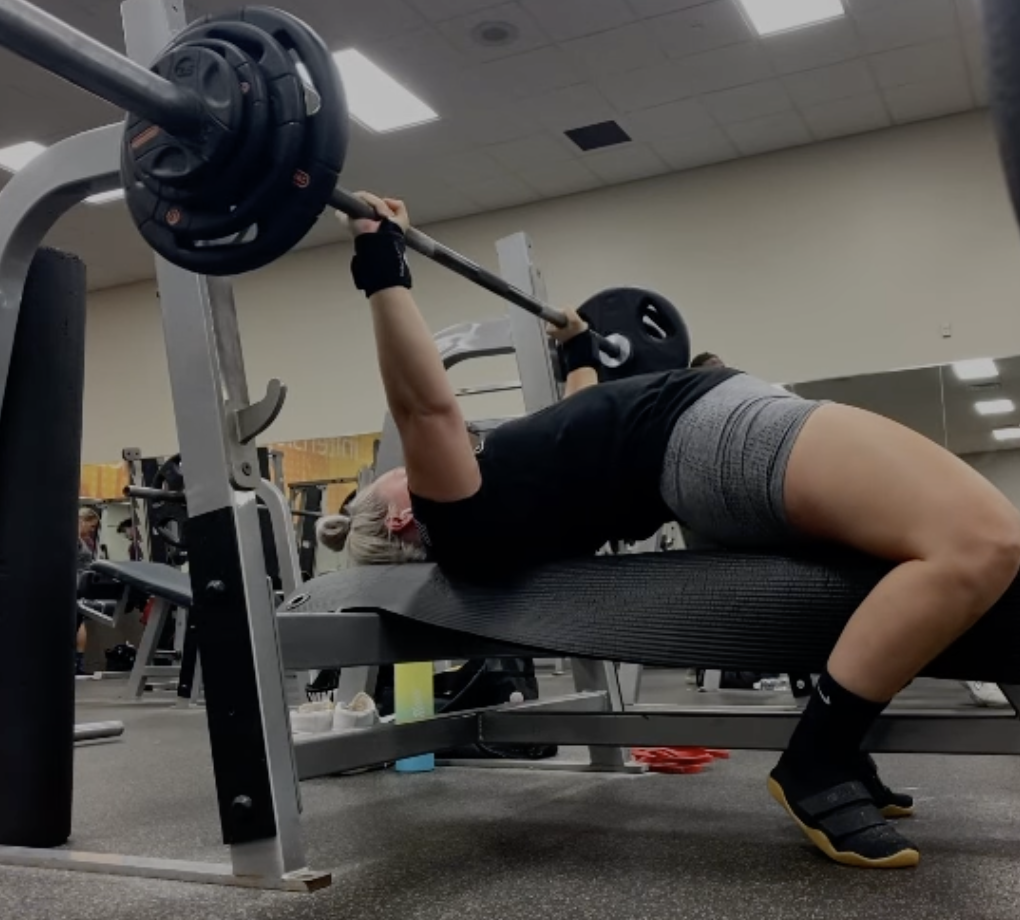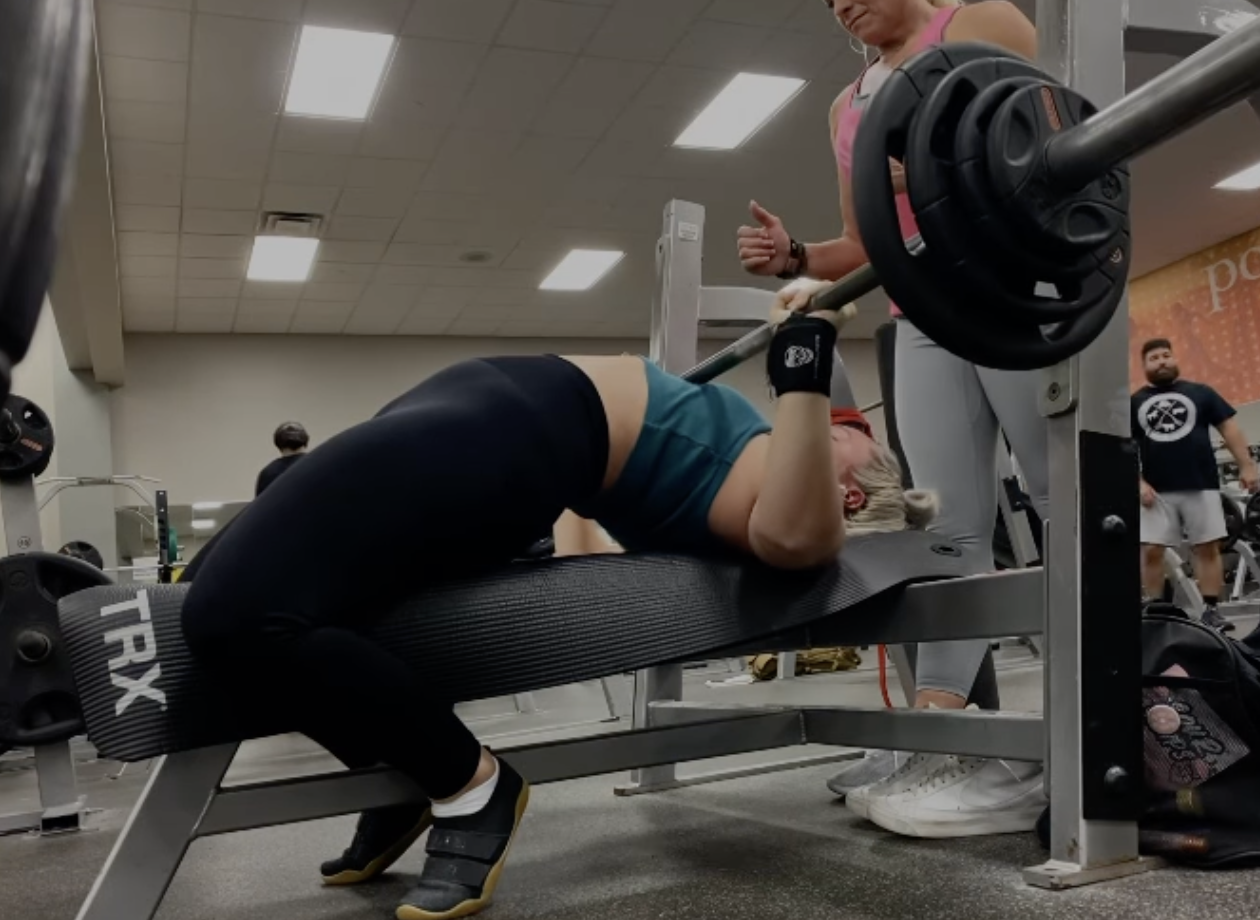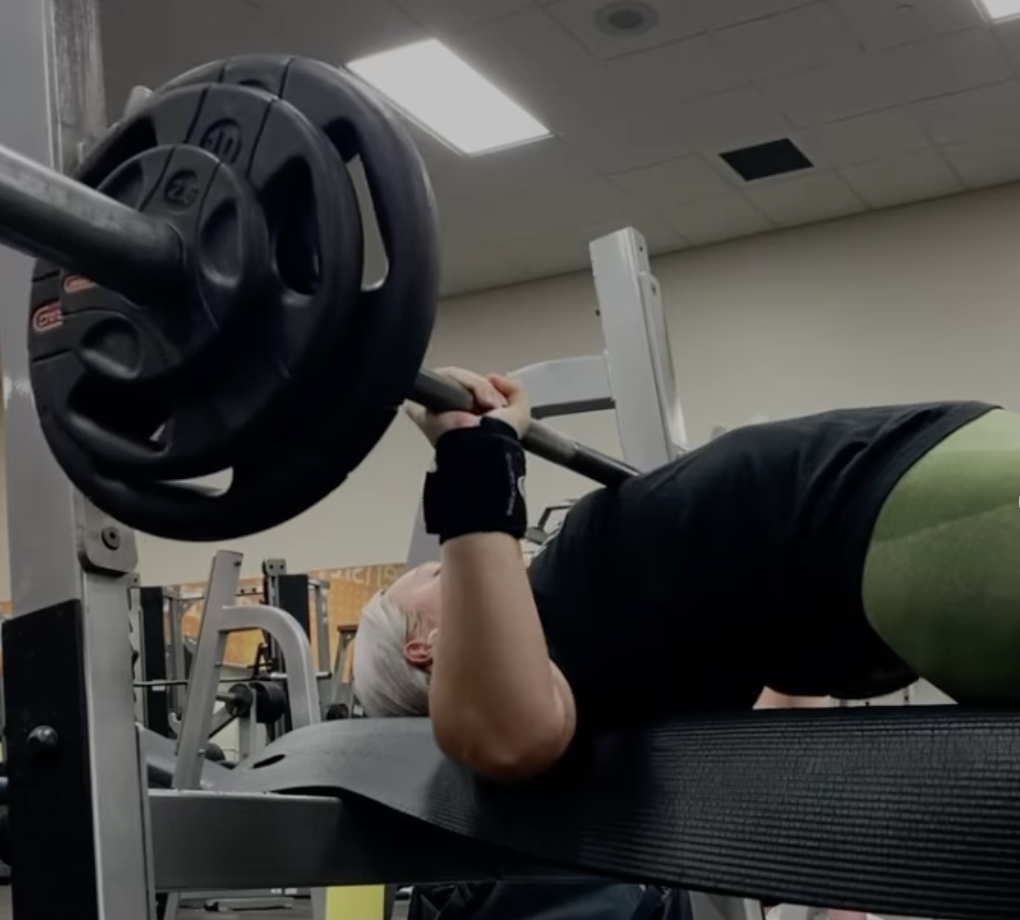A Guide to Optimal Results by Using the Bench Arch
Written by The Boostcamp Editors
Bench Arch Back Mastery: Optimal Results Guide
Do you want to take your bench press to the next level? Whether your goal is size or strength, meaning if you are a powerlifter or bodybuilder, then you should look to perfect your bench arch. But what exactly is a bench press arch, and how can it help you achieve optimal results in the gym? Let’s take a look at the role of a bench press arch, including its potential drawbacks and how to avoid them. We'll also provide step-by-step guidance on achieving the perfect arch and techniques for improving it.
Let’s dive in!
Understanding the Role of a Bench Press Arch

Reducing the range of motion, a bench press arch enables increased weight lifting capacity. For bodybuilding, effectively activating the pectoral muscles, arching the back on the bench press leads to enhanced hypertrophy.
On the other hand, powerlifters benefit from a shorter distance to press the barbell, optimizing strength training. The practice of bench arching is often a personal preference, particularly among powerlifting competitors. Utilizing an excessive arch, however, may lead to a decline press and risk shoulder instability, which can even risk to injury.
No matter your goals it's essential to strike a balance to avoid the potential drawbacks of excessive arching, ensuring safety and efficacy while stimulating muscle growth.
The Necessity of a Proper Arch
When performing the bench press, a proper arch helps to take the stress off of the shoulder joint, and puts more on the pectorals. Correct bench arching stimulates various muscles such as the triceps, glutes, and even the back muscles, aiding in overall strength and stability. It is often recommended to do movements like pull-ups before bench pressing. Additionally, aligning the natural curve of the spine through a bench arch significantly decreases the risk of lower back strain. Powerlifters emphasize this form to optimize axial loading and shoulder stability, highlighting the importance of a proper bench press arch for safety and efficacy.
Ensuring Safety and Efficacy with an Arch
When bench pressing, proper form and arching are crucial for minimizing the downside of shear on the shoulder joint. An ideal bench press arch focuses the touchpoints to the bench on the upper back and the glutes, rather than the entire posterior chain. This technique helps powerlifters minimize the risk of injury to the shoulders while reducing the possibility of excessive arching. By incorporating the bench press arch correctly, athletes can lift heavier weights without compromising safety, ensuring both efficacy and shoulder stability.
Gaining from an Ideal Bench Press Arch

An ideal bench press arch plays a pivotal role in powerlifting, allowing lifters to efficiently generate upper body power. By arching on the bench press, powerlifters can minimize the work done by the lower body and instead focus on engaging the upper back. This big arch optimizes the lifter's range of motion, ultimately enhancing their strength training. Incorporating the bench press arch creates an opportunity for powerlifters to exploit the shorter range of motion, thus enabling them to lift heavier weights with proper form and technique.
Enhancing Weight Lifting Capabilities
By arching on the bench press, powerlifters can activate their upper chest and enhance their strength for incline bench exercises. Additionally, it effectively shortens the range of motion, thereby enhancing powerlifting capabilities. Moreover, incorporating the bench press arch can enhance the mind-muscle connection of the triceps, upper back, and lower body, allowing powerlifters to bench much weight and optimize their strength training. Utilizing these techniques can significantly enhance weight lifting capabilities.
Ensuring Shoulder Stability
When performing the barbell bench press, ensuring shoulder stability is crucial. Excessive arching can increase the risk of injury, making it vital to maintain proper form and stability. Powerlifters emphasize the bench press arch as it aligns the natural curve of the spine, reducing the risk of injury while enhancing shoulder joint strength.
By focusing on shoulder stability, powerlifters can optimize their performance and reduce the risk of injuries, ultimately improving their ROM and weightlifting capabilities even on other lifts.
Stimulating Muscle Growth
Even though there is a bit of a decreased range of motion, executing a proper bench press arch plays a crucial role in stimulating upper body muscle growth and enhancing strength training capabilities. This technique effectively activates the upper chest, triceps, and glutes, promoting muscle growth in these areas.
Powerlifting competitors emphasize the importance of executing the bench press arch with proper form to effectively stimulate muscle growth in the upper body, including the triceps, glutes, upper chest, and shoulder joint strength. When done correctly, the bench arch optimizes strength training and effectively stimulates muscle growth across multiple muscle groups.
The Potential Drawbacks of a Bench Arch
Excessive arching on the bench press can lead to an increased risk of lower back strain and injury, posing a potential drawback. Too big of an arch on the flat bench press can risk lower back strain. Especially under heavier load, the arch can really put strain on the lower back.
The Possibility of Less Muscle Mass
When excessively arching on the bench press, there is a risk of compromising upper body muscle mass, which can significantly impact strength training. Over-arching on the flat bench press may detrimentally affect strength training and compromise overall muscle mass development, as the range of motion would be decreased to a point where nothing is effected. Therefore, it is essential to maintain proper form and avoid excessive arching to ensure optimal muscle mass development and strength training effectiveness.
Steps to Achieve the Perfect Bench Arch
Create the ideal spinal curve for optimal bench arching, engaging the glutes and upper back to enhance the bench press arch. Utilize leg drive on the flat bench to maximize your arch potential and determine your personal preference for arching. Embrace powerlifting techniques to leverage the bench arch for strength training. By incorporating these steps, you can effectively achieve the perfect arch for improved bench press performance and overall workout results.
Setting Up on the Bench Correctly
Before starting the bench press, position your shoulder blades and upper body on the bench to maintain proper form and support. There should only be two points of contact on the bench, which are your upper back and the glutes. Other than those two things, nothing else should be touching the bench (the back of your head doesn’t count).
Establishing Your Stance
Establishing the ideal stance on the flat bench involves engaging the lower body and upper chest while utilizing the natural curve of the spine. It is essential to focus on the range of motion, particularly when powerlifting, to maximize the benefits of the bench arch. By enhancing the arching technique and minimizing excessive arching, you can improve upper body strength while ensuring proper form and reducing the workload on the bench press. This approach will help leverage the bench arch effectively without compromising safety and efficacy.
Executing the Lift - Unrack, Lower, and Press
Focusing on the range of motion and upper back strength is essential when executing the bench press arch. It's crucial to enhance the drive from your lower body on the flat bench press using the bench arch. Maximizing strength and powerlifting capabilities can be achieved through the arching technique. Proper form is key to reducing the risk of injury while arching your back on the bench press. Leveraging your bench press arch ensures efficient work from your upper body and triceps.
Techniques to Improve Your Bench Arch

Incorporating the bench arch minimizes the risk of injury during benching, ensuring safety and stability. Utilizing the powerlifter's arch enhances strength and hypertrophy on the bench press, promoting muscle growth and development. Mastering the bench arch maximizes your bench press potential with proper form, optimizing performance and results. Experimenting with your bench arch helps find the optimal arching technique for your body, tailoring the approach to individual needs. Embracing the big arch maximizes the arching potential on the flat bench press, ensuring effective range of motion and power generation.
Are You Arching Enough for Optimal Results?
Maximize your bench press by optimizing your arch. Find the perfect balance between injury prevention and powerlifting capabilities. Evaluate your technique, focusing on strength, shear, and axial loading. Improve your arch to enhance powerlifting and strength gains.
Workout Programs
Now, if the bench arch is something that you want to incorporate then perhaps finding a workout program that suits your needs is ideal. Whether you are looking for something in bodybuilding or a strength program for powerlifting, the Boostcamp App is the place to go. There are over 50 free workout programs written by renowned coaches, as well as the option to write your own programs.
Regardless, you can track your progress with Boostcamp, which is huge, it is like having your own personal trainer.
Conclusion
To maximize your bench press performance and minimize the risk of injury, perfecting your bench arch is key. A proper bench press arch provides numerous benefits, including enhanced weight lifting capabilities, improved shoulder stability, and increased muscle growth. However, it's important to be aware of potential drawbacks such as the risk of lower back strain and potentially less muscle mass. By following proper techniques and steps to achieve the perfect arch, you can optimize your results and minimize any potential drawbacks. Remember to set up on the bench correctly, establish your stance, and execute the lift with precision. And always listen to your body to ensure you're arching enough for optimal results. Happy lifting!
Check out the Boostcamp App for some great programs. Also, be sure to follow Boostcamp on Instagram and subscribe on YouTube!

Images courtesy of Instagram (@chloelikestolift)

